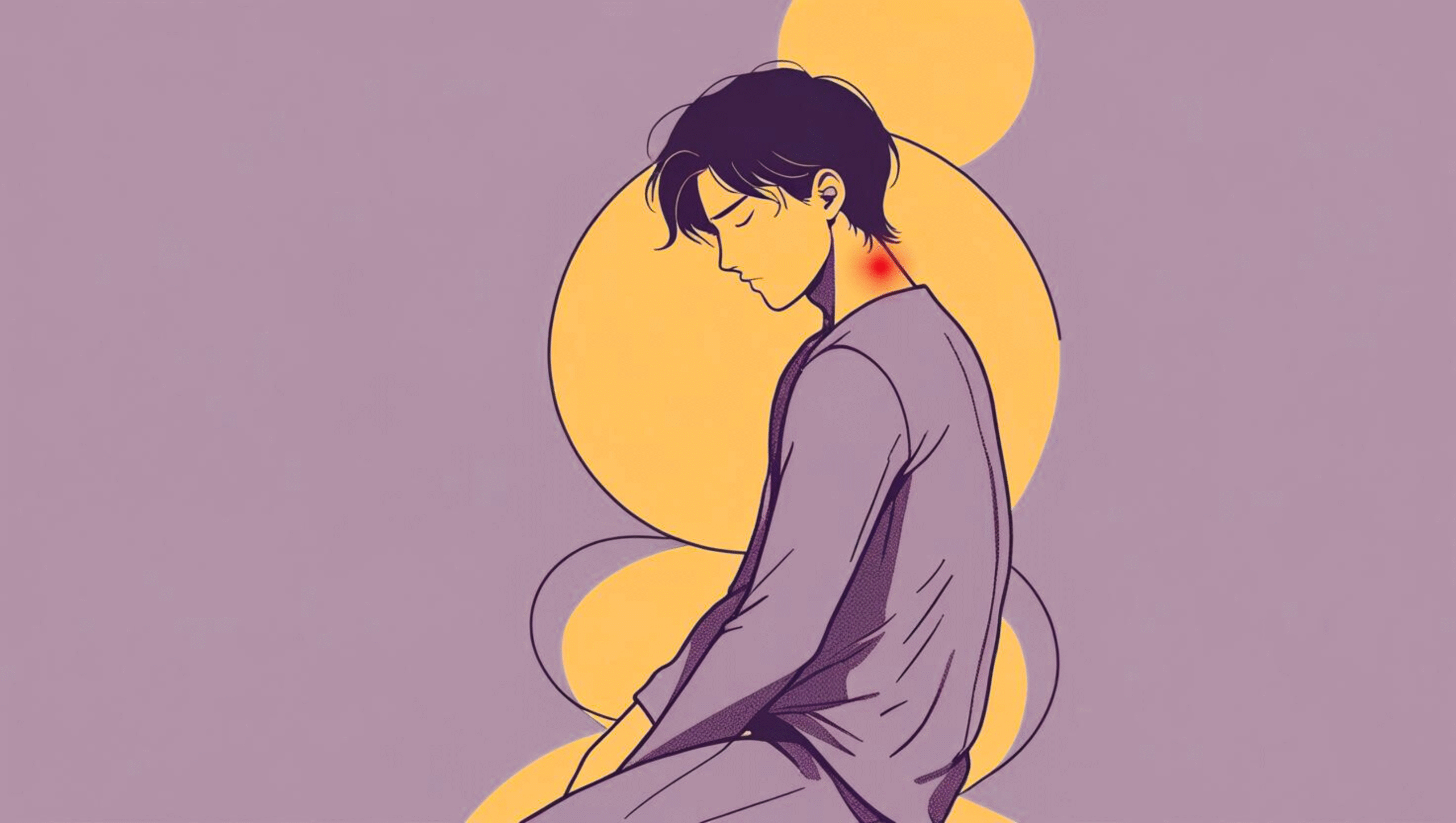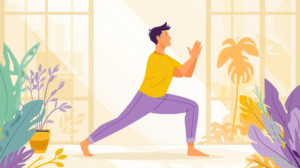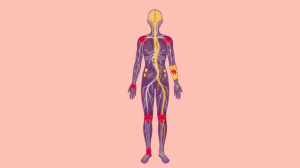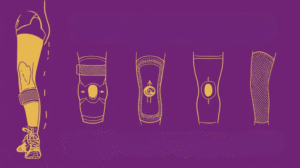Posture isn’t just about how straight or upright you look, it’s way more than that; it’s how your body holds itself through life. Whether you’re sitting at a desk, lifting groceries, or simply standing in line, posture decides how efficiently your muscles and joints carry your weight. But more importantly, it affects how you feel and how the world sees you. This is a reason why the old cliche exists: first impression last.
Most people only think about posture when they catch themselves slouching or when pain has already set in. The truth is, by then the damage has often been quietly building for years. But when your posture is aligned, your muscles share the workload evenly, your joints stay cushioned, and your organs have room to function properly. Breathing becomes easier. You are more energy efficient and vital throughout the day. But when posture slips, even a little, your body and mood begins to compensate in ways that are disastrous to your productivity, performance and overall health.
Let’s take an example: what begins as a slight slouch can quickly spiral into fatigue, impacting joint wear and tear, and even worse, can lead to chronic nerve pain. In fact, many studies show that poor posture is closely linked to musculoskeletal disorders that worsen with age; especially in the spine and hips.
There’s also a lesser-known side to posture: its impact on mood and confidence. Several clinical trials suggest that upright posture may reduce the hormones associated with stress, improve breathing patterns, and even shift body chemistry associated with energy and focus. Your posture literally influences how you feel—and how the world perceives you.
The Everyday Trap
Here is the biggest misconception. You have to unfortunately experience an accident or something big to damage your posture. The contrary is actually the truth. It’s the small, repeated habits that do the most harm:
- Hunching over your phone for hours, with your neck tilted forward.
- Sitting at a desk with shoulders rounded and spine unsupported.
- Standing with your weight on one hip for prolonged periods.
- Leaning forward while folding laundry or cooking at the counter.
Each one seems harmless in isolation. But together, they train your muscles to hold you in a distorted position. Gravity then becomes a constant load on the wrong muscles, forcing them to work harder than they’re built for.
A slouched neck today becomes shoulder tension tomorrow. In a few years, it may mean chronic back pain, headaches, reduced mobility, disrupted sleep and an overall drop in productivity and performance.
Your Body’s Early Warning Signs:
If you notice these, your posture may already be slipping, but it’s not too late to reverse it.
- Morning stiffness in the neck or lower back.
- Tiredness in your back or shoulders after walking or standing.
- Frequent headaches that start at the base of the skull.
- Clothes fitting differently on one side of your body.
- Uneven shoe wear patterns – take a look at the sole of a pair of shoes you wear most often.
A Simple 30-Second Posture Test
- Stand against a wall with your heels, hips, upper back, and the back of your head touching it. If you cannot hold this position without pain or discomfort for sixty seconds, it’s the first warning sign.
- Then, check the gap between your lower back and the wall.
- If your hand slides through easily, your pelvis may be tilting forward—overarching your lower back.
- If your hand barely fits, you might be tucking your pelvis—flattening your spine.
- If your hand slides through easily, your pelvis may be tilting forward—overarching your lower back.
- Either imbalance means your body is carrying weight unevenly, which can lead to chronic strain over time.
Do this test weekly. Small changes caught early are far easier to correct than years of built-up misalignment.
Your Daily Posture Reset (Take 2 minutes, anytime, anywhere)
- Stand Tall: Feet hip-width apart, knees soft. Imagine a string pulling the crown of your head upward.
- Shoulder Roll: Roll shoulders up, back, and down, then let them relax—not pulled tight.
- Core Engage: Lightly tighten your lower abs as if bracing for a gentle tap.
- Neck Lengthen: Tuck your chin slightly, creating space between ears and shoulders.
- Breathe Deep: Inhale through the nose, expand the ribs, exhale fully.
Repeat 2–3 times a day, especially after long periods of sitting.
Here is the bottom line. Posture isn’t a “once-a-day” fix. It’s about ongoing awareness that shapes how you move, how you feel, and how you age. It’s a mindset shift but more importantly, it’s a way of life.
Shayamal Vallabhjee
Chief Science Officer: Betterhood
Shayamal is a Human Performance Architect who works at the intersection of psychology, physiology, and human systems design — helping high-performing leaders, teams, and individuals thrive in environments of stress, complexity, and change. His work spans elite sport, corporate leadership, and chronic health — and is grounded in the belief that true performance isn’t about pushing harder, but designing better.



















